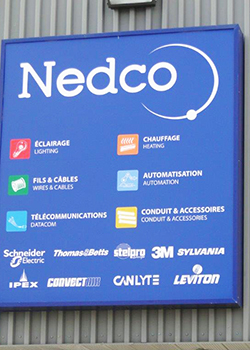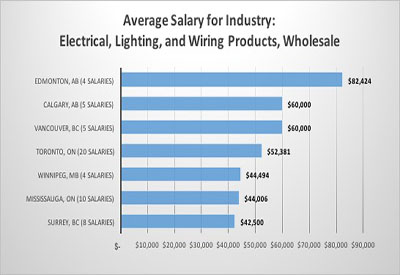Our Industry Needs to Help Canada Skate to Where the Puck is Going to Be!

Rick McCarten, Electro-Federation Canada
The future growth of Canada is at stake if we don’t change direction on our approach to manufacturing. Wayne Gretzky said it best when he was asked what makes him great: skate to where the puck is going to be, not to where it is right now.
That is exactly what our industry needs to do to attract manufacturing back into this country.
With the unexpected drop in oil prices a year ago, Canada has been struggling to reintroduce its manufacturing sector. Many manufacturers had already made a quick exit from this country. Some predict that our low dollar will bring work back to existing factories, but it is uncertain how effective it will be in bringing back those factories that have pulled up roots and moved.
Ask any of the leading political candidates why manufacturing needs to be brought back to Canada, and their number one answer is “jobs.” High paying/low skilled production workers are every politician’s dream. Not only does this help secure votes, but the increases in taxes quickly add up to big money. For example, with 20,000 auto workers paying $25,000 in taxes, this adds a half billion dollars to the coffers. All wonderful to get, but even tougher to lose.
It is understandable that politicians want factories for jobs, but I would argue that in this new economy the Canadian government need to re-focus the value of a factory in your own country. If they don’t, this country will lose more and more manufacturing. To explain this rationale, let me take you back hundreds of years…
Before the industrial revolution, over 60% of employees worked on the land or in small, private cottage industries. Then along came factories and automation, which changed the dynamics. Tractors could plow land, trucks could deliver perishables, and factories could manufacture products a thousand times faster. The end result when the revolution settled was that less than 5% of the population worked in agriculture. Everyone else was indoors, turning the machines.
As we now move into a new age (from the industrial age into the digital age), computers, the Internet, software, apps, and mobile devices are doing to the industrial age what the industrial age did to the agricultural age. The result will be a rapid decline in factory production workers. Factories, and those who work on the production line, will be a smaller and smaller portion of the workforce. “Production workers” will be replaced with automation systems.
According to a recent issue of The Economist -Technology Quarterly, 3D printing not only replicates a factory “manmade” item, but can design a product and use half the materials to improve its strength. Moreover, robots can be attached to 3D printers and build such things as steel bridges across rivers. One day, the complete construction of a building might be orchestrated by a master computer, directing hundreds of uniquely shaped robots. Diggers, cable pullers, concrete pourers and roofers will all controlled by one super computer that replaces construction as we know it today.
In fact, Amazon recently built a warehouse in Mississauga, Ontario and hired 800 people, none of whom will work in the warehouse; they are destined to occupy an office building in downtown Toronto. Their roles, I can only guess, will be in IT, customer service, marketing, software and sales.
If Canadian governments want to attract manufacturing of the future, they need to stop concentrating on jobs, and start thinking and promoting technology. Fully automated factories create the need for sales, marketing, design, IT, software development and other services.
Our industry holds the technology, the equipment and the expertise to help this country get to where it needs to be… to where the puck is going to be.
Rick McCarten is VP, Operations, Electro-Federation Canada.











